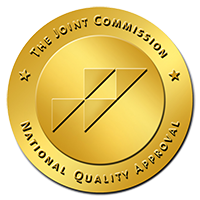Hypothermia and Frostbite Prevention
Hypothermia occurs when a person’s body temperature is below 95 degrees Fahrenheit. Children, the elderly, those on certain prescription medication, and those who abuse alcohol & illicit drugs are at increased risk for hypothermia and /or frostbite during cold weather. Signs of hypothermia include shivering, slurred speech, lack of coordination, weakness, confusion, drowsiness, and shallow breathing. In extreme cases of hypothermia, loss of consciousness and even paradoxical undressing (suddenly feeling warm) may occur.
Preventing Hypothermia:
- Check the weather before you go outside, if it’s too cold stay inside
- Set limits on the amount of time spent outside in cold weather
- Dress in several layers
- Wear mittens (instead of gloves) and a warm hat
- Avoid activities that make you sweat. Cold weather and wet clothing cause rapid heat loss
- Try to keep your clothes dry and stay dry
Frostbite
Frostbite occurs when the skin and underlying tissues become so cold that they freeze. Common locations of frostbite include the face, nose, chin, ears, hands/fingers, and feet/toes. As temperatures and wind chill near zero and colder, the time required for frostbite to occur decreases.
Signs and symptoms include:
- Cold skin
- Painful extremities
- Numbness in extremities
- Red, white, blueish-white, or greyish-yellow skin color
- Hard or waxy-looking skin
- Clumsiness due to joint & muscle stiffness
- Blistering after re-warming
Prevention of Frostbite:
- Limit time spent in extremely cold weather
- Stay dry
- Dress in several layers of clothing
- Wear mittens (instead of gloves)
- Wear socks that fit well and provide insulation
- Watch for signs of frostbite
- Don’t drink alcohol
- Stay hydrated
- Keep moving; don’t remain still for prolonged periods of time
If you suspect you or someone you know may have frostbite, seek medical attention as soon as possible.



